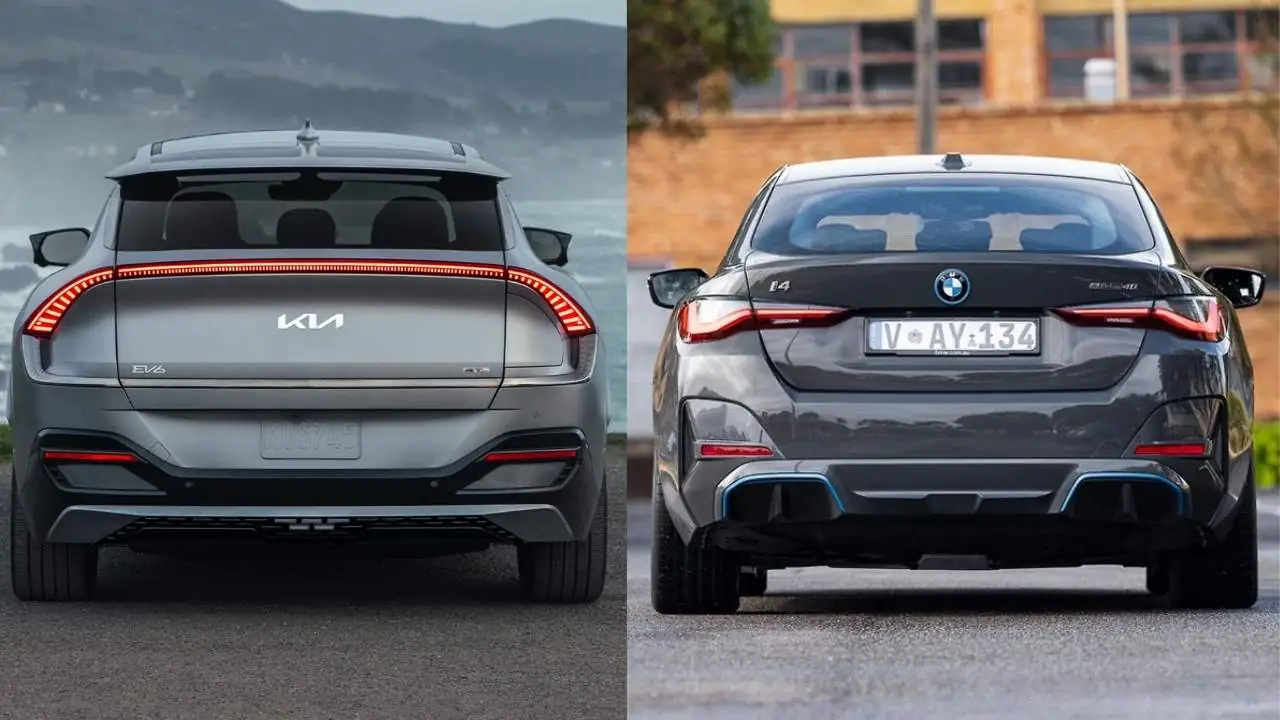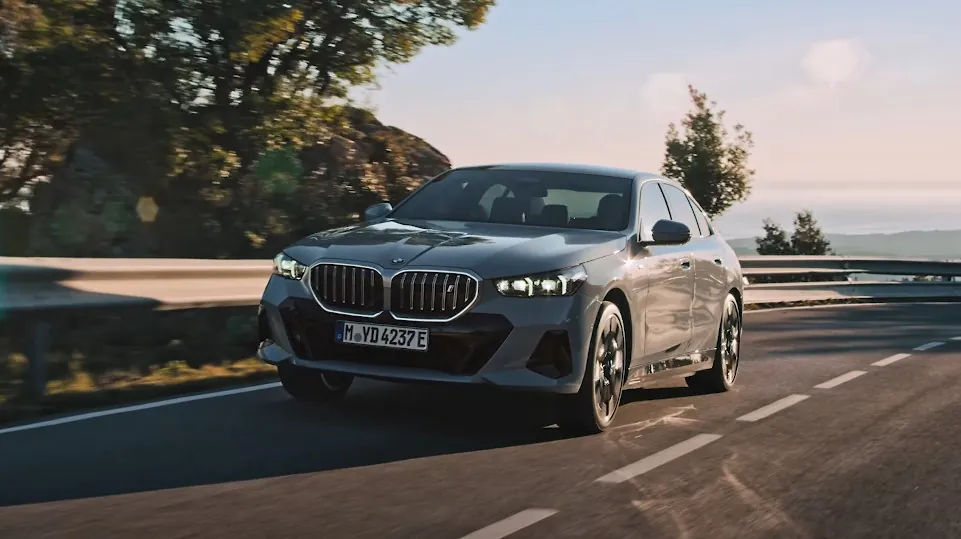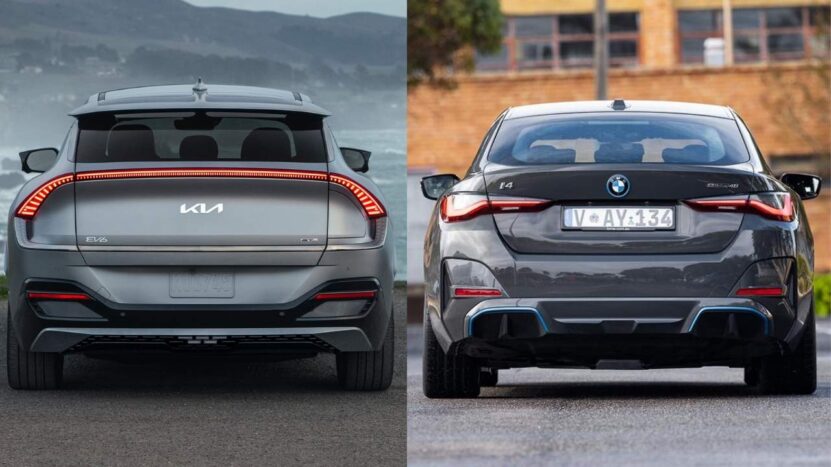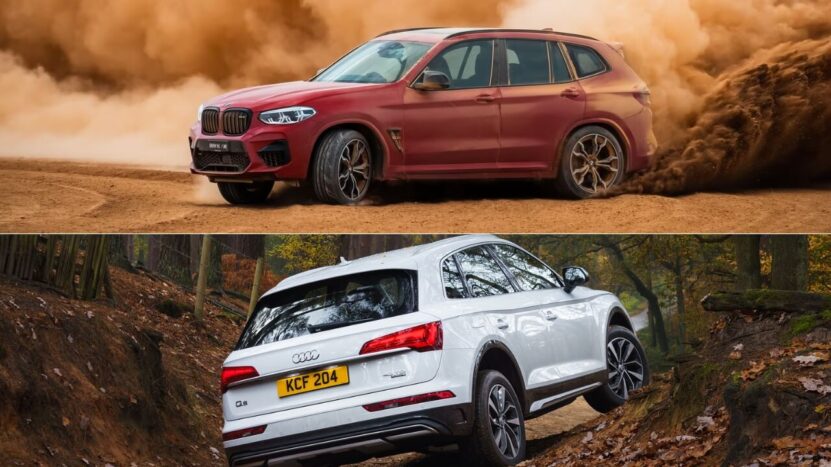
Share Post:
Curious about stepping away from city streets and venturing into muddy paths or rugged trails? Many enthusiasts find themselves debating between the BMW X3 and Audi Q5 for those occasional off-road getaways.
Both are premium crossovers that blend style, comfort, and respectable all-wheel-drive capabilities. Yet, the big question remains: which one truly holds its own on rough terrain?
Let’s explore the features and practical insights to see which SUV has a stronger off-road edge.
Table of Contents
ToggleA Quick Glance at Off-Road Must-Haves
Even though luxury crossovers don’t always compare to old-school 4×4 vehicles, there are still certain specs and features that can help them shine off the beaten path. Below are some key factors to consider:
- Ground Clearance: Higher distance between the chassis and the ground makes it easier to clear rocks, bumps, or uneven trails.
- Approach Angle: The maximum angle the front end can meet without scraping.
- Departure Angle: The angle at the rear, critical for leaving a steep decline without hitting the tail.
- Breakover Angle: Measures how well the SUV can crest a hill or ridgeline without the underside touching.
- Wading Depth: The depth of water an SUV can cross without risking engine or electrical damage.
- All-Wheel Drive (AWD) System: A setup that sends power to all four wheels for added grip in slippery conditions.
- Suspension and Tires: Important for soaking up impacts and keeping traction on uneven surfaces.
- Real-World Results: Numbers on a spec sheet are nice, but they don’t always reflect actual performance.
BMW X3
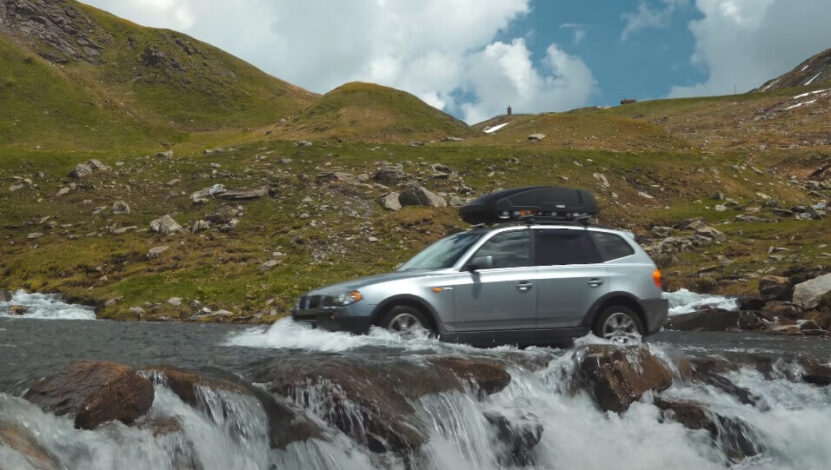
A BMW X3 might look sleek, wearing classic BMW design language, but it can still manage more than just grocery runs. Official measurements indicate the X3 has:
- Ground Clearance: Around 201 mm (roughly 7.9 inches)
- Approach Angle:1 degrees
- Departure Angle:6 degrees
- Breakover Angle: 19 degrees
- Wading Depth: 500 mm (about 19.7 inches)
Those figures suggest it can handle light to moderate off-road scenarios. Not exactly rock-crawling territory, but enough to hold its own if you stumble upon a muddy backroad.
AWD System: xDrive
BMW’s xDrive system is notable for its sporty feel. It usually favors the rear wheels, yet it can shift torque to the front when extra grip is required.
Snowy roads or loose gravel might pose no real challenge if you’re taking it easy. However, extreme rock-laden trails or super-steep inclines could push its limits.
Suspension and Tires
Adaptive suspension on the X3 brings a bit of versatility. Ride height stays the same, but damping can adjust based on current road conditions.
Road-biased tires tend to come as standard, so those might slip on slick mud or wet grass. Upgrading to a set made for off-pavement use can make a noticeable difference.
Practical Story from a Test
In one well-documented head-to-head off-road challenge, an X3 with a hybrid 2.0-liter engine (292 horsepower, 420 Nm of torque) performed strongly in an uphill drag race and a tricky maneuver test, winning the first two rounds outright.
That demonstration backed up the sense that xDrive is tuned well for decent traction, even off asphalt. Final ranking put the X3 in second place overall with 12 points, so it wasn’t a complete win—but it certainly showed spunk.
Audi Q5
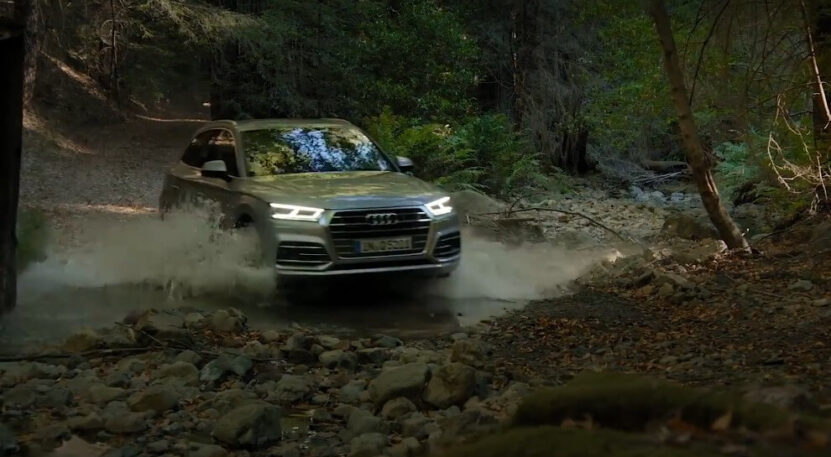
Audi Q5 stands as a close rival, typically running neck and neck with the X3 on spec sheets. The standard Q5 setup usually shows:
- Ground Clearance: Around 200 mm (close to 7.9 inches), while the SQ5 is lower at about 170 mm
- Approach Angle: Roughly 25 degrees for the regular Q5 (SQ5 dips to 18.3 degrees)
- Departure Angle: Official figure for the regular Q5 is often unlisted, but better than the SQ5’s 12.1 degrees
- Breakover Angle: Not always stated, but presumably competitive
- Wading Depth: About 500 mm for the regular version (SQ5 is lower)
Quattro with Ultra Technology
Audi’s signature quattro AWD system is known for sending power more evenly across all four wheels. That balanced approach can help in terrain where grip shifts quickly, such as gravel, loose dirt, or shallow sand.
Some tests show that quattro does a fine job modulating wheel spin, creating a stable ride over mild off-road routes.
Suspension and Tires
Many Q5 variants offer adaptive damping, with higher trims sometimes featuring air suspension. That feature can raise or lower the vehicle’s height, which comes in handy over unpredictable ground.
Air suspension, combined with a capable AWD system, helps provide a comfortable yet controlled ride. Once again, standard tires lean more toward smooth tarmac. Swapping those out for something with more aggressive tread can be a game-changer.
One of the simplest upgrades for better grip off the beaten path is swapping to Off-Road Tires from ExtremeTerrain, which can drastically improve traction on loose surfaces.
On-Trail Performance
The same Carwow challenge saw a Q5 with a 2.0-liter petrol engine (265 horsepower, 370 Nm of torque) win the entire event with 14 points.
It didn’t top every single test, but overall consistency—plus a slight weight advantage at around 1,880 kg compared to the X3’s 1,990 kg—sealed the deal.
The Q5 excelled in a hill-descent test, possibly due to better weight distribution and quattro’s real-time adjustments.
Side-by-Side Snapshot
Here’s a quick comparison table focusing on some standard off-road features:
| Feature | BMW X3 | Audi Q5 |
| Ground Clearance | ~201 mm (7.9 in) | ~200 mm (7.9 in) |
| Approach Angle | 26.1° | 25° |
| Departure Angle | 23.6° | Not specified (likely similar) |
| Breakover Angle | 19° | Not explicitly stated |
| Wading Depth | 500 mm (19.7 in) | 500 mm (19.7 in) |
| AWD System | xDrive (rear-biased) | quattro (balanced) |
| Weight (test model) | 1,990 kg (hybrid) | 1,880 kg |
Observations from the Numbers
- Ground Clearance: X3 and Q5 are nearly identical in height off the ground, enough for mild trails but not ideal for extreme rock-crawling.
- Approach & Departure Angles: X3 edges ahead a bit on approach angle, while Q5 might have a comparable departure angle in its standard configuration.
- Water-Fording Capability: Both can wade around 500 mm, so crossing a shallow stream is generally okay.
- All-Wheel Drive: xDrive is known for sporty handling, quattro is known for an even distribution of power. Both do a good job in light off-roading.
- Weight & Engine: Q5 is a bit lighter, which can be handy in soft or mushy ground. Meanwhile, the X3’s engine lineup has torquey options that can help on inclines.
Real-World Limitations
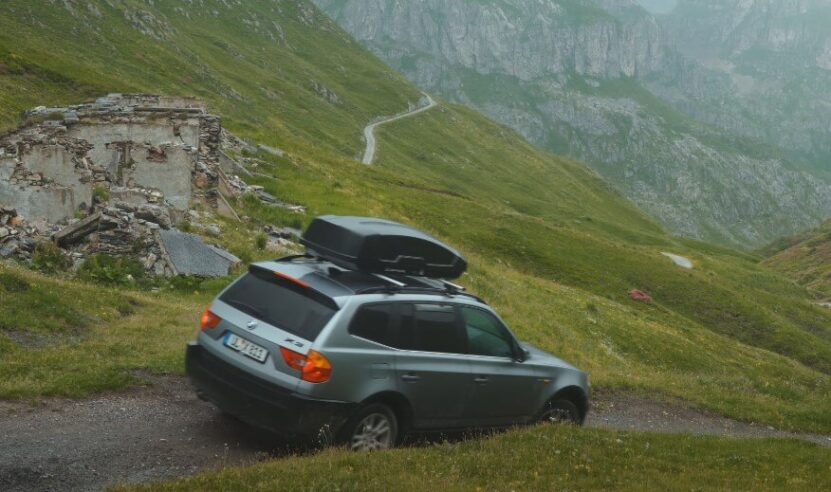
Neither SUV is built to conquer hardcore off-road parks that are full of boulders and giant ruts. Rugged alternatives like the Land Rover Discovery or a Toyota 4Runner have more specialized hardware (e.g., locking differentials and beefier suspension).
While X3 and Q5 are geared toward pavement and luxury, they do have enough ground clearance and AWD smarts to manage an occasional adventure on unpaved paths. Just keep in mind:
- Tire Choice: Swapping out road tires for something all-terrain (or at least more aggressive) is a huge step in boosting off-road ability.
- Suspension Travel: Both rely on systems tuned mostly for paved comfort, so don’t expect gobs of wheel articulation.
- Skid Plates: Neither includes major underbody protection. If you plan on tackling rocky areas, consider installing extra armor.
- Driving Technique: A skilled driver can coax a lot out of any AWD crossover. Overzealous acceleration or poor wheel placement can cause more issues than the vehicle’s design.
Which One Reigns Supreme?
Data from the Carwow event favored the Audi Q5 overall, giving it the lead in most categories. The Q5’s quattro system and lighter build appear to strike a better balance in a variety of conditions.
Practical Recommendations
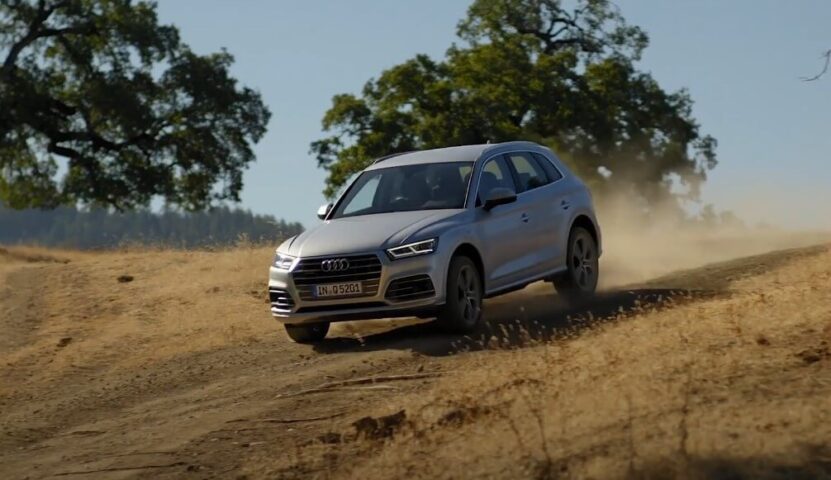
- Go for the Audi Q5 if you expect to tackle mild off-road scenarios fairly often. The balanced AWD system and slightly lower weight can be advantageous, especially when the route involves uneven dirt paths or occasional steep descents.
- Pick the BMW X3 if you want a more dynamic on-road feel but still plan the odd foray onto gravel or light trails. Rear-biased xDrive can offer a sporty drive day-to-day, while still providing decent grip when roads get a bit messy.
- Consider a Different Model if your lifestyle calls for regular deep-woods excursions or intense off-roading. Something like a Land Rover Discovery or a Jeep Wrangler might be a far more logical pick.
Final Thoughts
Short version? Q5 often shines in off-road tests, but the X3 isn’t far behind. Both are luxurious daily drivers with enough all-wheel-drive tech to handle mild terrain, and each one brings unique perks.
Planning an occasional adventure on gravel or shallow mud? Either choice is workable, though the Audi might be slightly more at home once the pavement fades away. Keep in mind that setting yourself up with more rugged tires and smart driving habits can make a world of difference, no matter the badge on the hood.
Anyone looking for a refined SUV that can handle an occasional countryside romp won’t go wrong with either. Just be honest about how far you’re venturing from paved roads. If serious bouldering or backwoods river crossings are in your future, it might be time to check out a purpose-built off-roader.
Otherwise, the Q5 and X3 stand ready for your next scenic weekend exploration—complete with heated seats, premium sound systems, and a dash of confidence when the terrain gets bumpy.
Related Posts:





